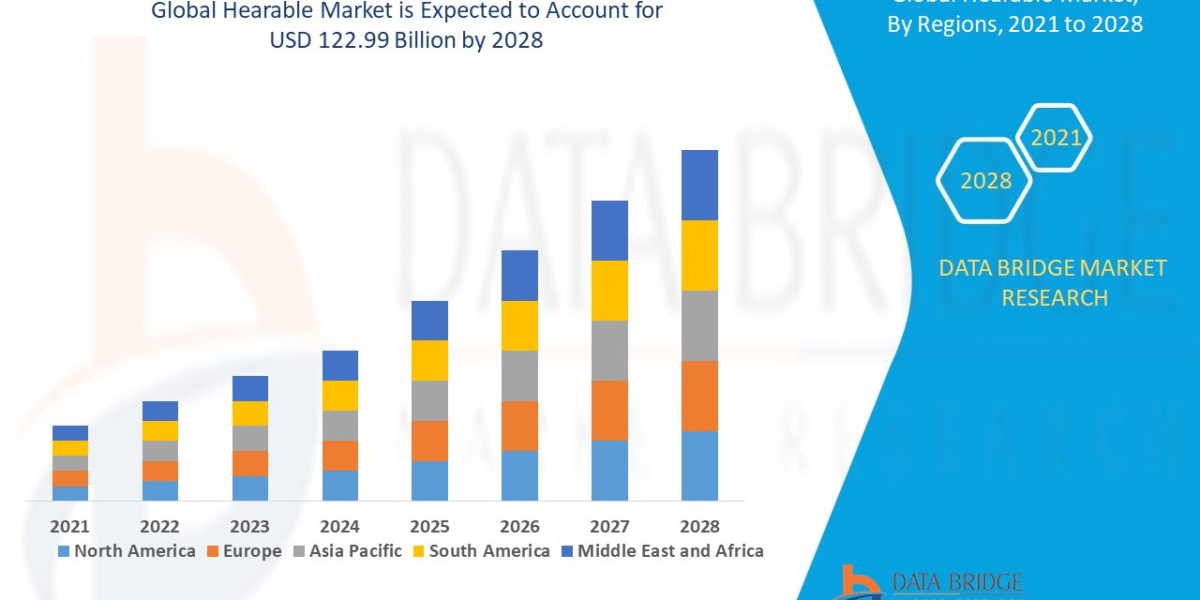Enterprise Performance Management(EPM) is a crucial aspect of modern business operations. In this comprehensive guide, we delve deep into the intricacies of EPM, providing you with valuable insights and actionable strategies to optimize your organizations performance and stay ahead in todays competitive landscape.
Understanding Enterprise Performance Management
At its core, Enterprise Performance Management (EPM) refers to the processes, methodologies, and technologies that organizations employ to manage, monitor, and enhance their overall performance. EPM encompasses various critical elements, including financial planning, budgeting, forecasting, strategy formulation, execution, and analysis. This holistic approach enables businesses to align their goals, allocate resources efficiently, and make informed decisions for sustainable growth.
The Benefits of Effective EPM Implementation
Implementing EPM effectively offers a myriad of benefits to organizations, regardless of their size or industry.Streamlined Decision-Making:By integrating data from different departments and functions, EPM facilitates informed decision-making. This data-driven approach enables executives to assess performance, identify trends, and adjust strategies promptly.
Enhanced Planning and Budgeting:EPM empowers organizations to create accurate and realistic budgets based on historical data and future projections. This proactive approach ensures that resources are allocated optimally, reducing waste and improving cost control.
Performance Monitoring and Analysis:EPM tools provide real-time insights into key performance indicators (KPIs), allowing businesses to monitor their progress towards goals. Timely identification of underperforming areas enables swift corrective action, leading to improved overall performance.
Strategic Alignment:With EPM, organizations can align their short-term actions with long-term strategic objectives. This alignment ensures that every decision made contributes towards achieving the companys overarching goals.
Key Components of EPM
1. Financial Planning
Financial planning is at the heart of EPM. It involves forecasting revenue, expenses, and profits, considering various scenarios and market conditions. EPM solutions enable detailed scenario analysis, allowing organizations to prepare for potential challenges and opportunities.
2. Performance Measurement
Measuring performance against KPIs is essential for evaluating the success of strategies and initiatives. EPM tools provide dashboards and reports that offer a comprehensive view of an organizations performance, facilitating data-driven decision-making.
3. Budgeting and Forecasting
EPM systems facilitate accurate budgeting and forecasting processes. By analyzing historical data and market trends, organizations can create robust budgets that align with their objectives. Regular forecasting updates enable agility in response to market changes.
4. Strategy Execution
EPM aligns strategy with execution by breaking down high-level goals into actionable tasks. This ensures that every department and team contributes to the organizations overall success. Regular progress tracking allows for adjustments to keep strategies on course.
Implementing EPM: Best Practices
To harness the power of EPM effectively, organizations should follow these best practices:
1. Define Clear Objectives:Clearly define your organizations goals and align EPM efforts with these objectives to drive meaningful results.
2. Invest in Technology:Choose EPM software that suits your organizations needs. Modern tools offer advanced features like predictive analytics, AI-driven insights, and interactive dashboards.
3. Integrate Data Sources:Integrate data from various departments to gain a holistic view of performance. Accurate data consolidation is crucial for accurate analysis.
4. Collaborative Approach:Involve all relevant stakeholders in the EPM process. Collaborative decision-making ensures that strategies are well-rounded and inclusive.
5. Continuous Improvement:EPM is an iterative process. Regularly review and refine your strategies based on performance insights and market changes.
Conclusion
In todays rapidly evolving business landscape, Enterprise Performance Management (EPM) is a cornerstone of success. By aligning goals, optimizing resources, and making data-driven decisions, organizations can achieve sustainable growth and maintain a competitive edge. Implementing EPM best practices ensures that your strategies are not only effective but also adaptable to changing market dynamics. Embrace the power of EPM and unlock your organizations full potential.
Visit:-https://deflytics.com/epm-enterprise-performance-management/








